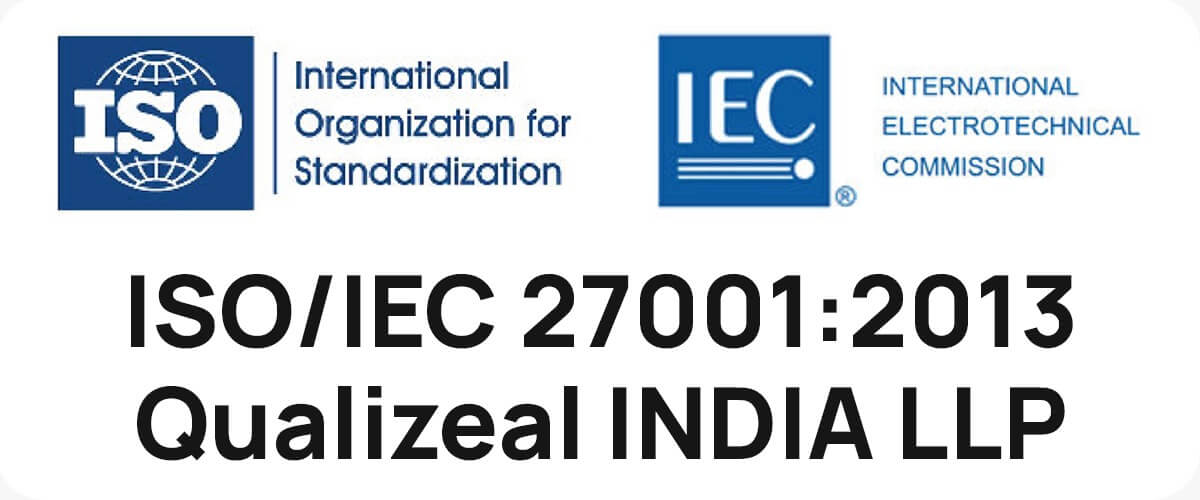In today’s rapidly evolving digital landscape, understanding the nuances between Digital Assurance and Quality Assurance is crucial for organizations aiming to stay competitive. According to a recent Gartner report, by 2025, 80% of organizations will have switched from Quality Assurance (QA) to Digital Assurance (DA) as they aim to provide seamless digital experiences. While QA is concerned with ensuring that software satisfies specific criteria, DA is wider in scope, encompassing user experience, security, and performance across a variety of digital platforms. As per the Capgemini’s World Quality Report 2023-24, 60% of businesses are prioritizing DA to improve their digital transformation initiatives. This change emphasizes the significance of DA in tackling the intricacies of current digital environments, which conventional QA cannot adequately manage. In this article, we will investigate the fundamental distinctions between Digital Assurance and Quality Assurance, explaining why adopting DA is crucial for the success of your digital projects.
Understanding Digital Assurance vs. Quality Assurance
As digital transformation transforms industries, the distinction between Digital Assurance (DA) and Quality Assurance (QA) becomes increasingly significant. While both seek to maintain software quality, their techniques and objectives diverge significantly. This section delves into these contrasts, emphasizing the distinct responsibilities of DA and QA in modern software development.

What is Quality Assurance (QA)?
Quality Assurance (QA) is a systematic process focused on ensuring that a product or service meets specified requirements and standards. It involves a series of planned activities, including testing, to detect and correct defects in the software. QA encompasses:
- Functional Testing: Validates that the software functions as intended.
- Regression Testing: Ensures new code changes do not adversely affect existing functionalities.
- Performance Testing: Assesses the software’s responsiveness and stability under various conditions.
- Security Testing: Identifies vulnerabilities that could be exploited.
QA’s primary goal is to deliver a defect-free product that meets customer expectations and regulatory requirements. It is a critical component of the software development lifecycle, ensuring reliability and performance before deployment.

What is Digital Assurance (DA)?
Digital Assurance (DA) extends beyond traditional QA by focusing on the entire digital ecosystem, including interconnected devices, platforms, and applications. DA ensures that digital products deliver seamless and optimal user experiences across all touchpoints. Key components of DA include:
- User Experience (UX) Testing: Evaluates the overall user journey, ensuring intuitive and engaging interfaces.
- Omnichannel Testing: Verifies consistent performance across various channels (web, mobile, IoT, etc.).
- Digital Security: Protects data integrity and privacy in complex digital environments.
- Continuous Monitoring: Uses real-time analytics to detect and resolve issues proactively.
DA’s holistic approach addresses the complexities of modern digital ecosystems, ensuring that digital transformations deliver the intended business outcomes.
Key Differences Between Digital Assurance and Quality Assurance
While QA and DA share a common goal of ensuring high-quality software, their approaches and focus areas differ significantly. Here are the key differences:
Scope and Focus
- QA: Focuses on validating the functionality, performance, and security of individual software components. It is primarily concerned with meeting specific requirements and standards.
- DA: Encompasses a broader scope, addressing the entire digital ecosystem. DA ensures that digital products provide consistent, secure, and optimal user experiences across all channels and devices.
Methodology
- QA: Employs a structured approach with defined processes and testing phases. It includes activities like requirement analysis, test planning, test case development, test execution, and defect tracking.
- DA: Adopts an agile and continuous approach, integrating testing and monitoring throughout the development lifecycle. DA leverages real-time analytics and automation to ensure continuous quality and performance.
User Experience
- QA: Primarily focuses on functional aspects, ensuring that the software works as intended.
- DA: Prioritizes user experience, evaluating the usability, accessibility, and engagement of digital products. DA aims to deliver a seamless and intuitive user journey.
Technology and Tools
- QA: Utilizes traditional testing tools and techniques to validate software quality.
- DA: Leverages advanced technologies like AI, machine learning, and predictive analytics to enhance testing efficiency and accuracy. DA tools provide insights into user behavior, performance trends, and security vulnerabilities.
Business Impact
- QA: Ensures that the software meets predefined requirements, reducing the risk of defects and failures.
- DA: Drives digital transformation initiatives, ensuring that digital products deliver the intended business outcomes. DA helps organizations enhance customer satisfaction, increase operational efficiency, and achieve competitive advantage.

Why Digital Assurance Matters
The transition from QA to DA is more than simply a fad; it is a strategic need for enterprises seeking to succeed in the digital age. Here are the main reasons why digital assurance matters:
Enhanced User Experience
In today’s digital age, the user experience is critical. According to a PwC survey, 32% of customers would discontinue doing business with a favorite brand after just one poor encounter. DA ensures that digital goods are straightforward, interesting, and easily accessible, providing excellent user experiences across all touchpoints.
Omnichannel Consistency
Customers connect with companies through several channels, including websites, mobile applications, and IoT devices. DA guarantees consistent performance and user experience across all channels, hence increasing customer satisfaction and loyalty.
Proactive Issue Resolution
Digital Assurance uses continuous monitoring and real-time analytics to discover and remedy issues before they become problems. This method lowers downtime, improves dependability, and guarantees that digital goods run smoothly.
Security & Compliance
In an era of rising cyber dangers, digital security is important. DA includes rigorous security testing and monitoring to secure sensitive data and ensure compliance with regulatory regulations.
Accelerated Digital Transformation
DA promotes agile development and continuous delivery, allowing firms to innovate quicker and adapt to market changes more efficiently. By assuring continual quality and performance, DA speeds up digital transformation projects.
Competitive Advantage
Organizations that emphasize DA are better positioned to create outstanding digital experiences, resulting in increased customer loyalty and a competitive advantage. According to a McKinsey report, organizations who invest in customer experience realize 5-10% revenue growth and 15-25% cost savings within two to three years.

Conclusion
In conclusion, while Quality Assurance remains a foundational element of software development, the evolving digital landscape demands a broader and more holistic approach. Digital Assurance is essential for organizations seeking to deliver seamless, secure, and high-quality digital experiences. By embracing DA, organizations can enhance user satisfaction, ensure omnichannel consistency, proactively resolve issues, and accelerate their digital transformation journeys. The shift to Digital Assurance is not just about adopting new technologies but about rethinking and reimagining the entire quality assurance process to meet the demands of the digital era.












